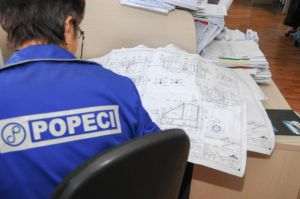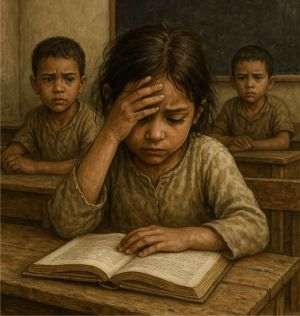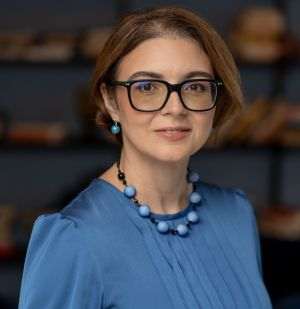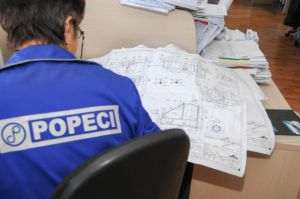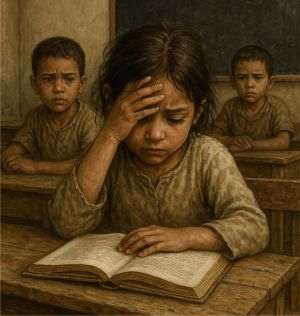The Louvre Museum in Paris announced the acquisition of a private collection of 272 Eastern Christian icons, which will be exhibited in its new department dedicated to Byzantine Art and Christianity in the East, scheduled to open in 2027. According to AFP, the value of this acquisition was not disclosed. The collection comes from the estate of Georges Abou Adal, a renowned Lebanese private collector, who built it between 1952 and the early 1970s. His son later completed it through purchases at public auctions in the 1990s.
• Rare icons from across the Christian world
The acquisition includes icons from Greece, Russia and the Balkans, reflecting the artistic diversity of the 15th to 20th centuries. Among the most valuable pieces is a rare group of icons made in the context of the revival of the Greek Patriarchate of Antioch in the 17th century. They were produced in centers such as Aleppo and were made by Arabic-speaking Christians in Syria, Lebanon and Jerusalem. The collection was first presented to the public in 1993 at the Musee Carnavalet in Paris, and in 1997 it was exhibited at the Musee d'Art et d'Histoire in Geneva. Over the years, the icons have been the subject of scholarly studies and publications.
• A new department dedicated to Byzantine art and Oriental Christianity
The Louvre is preparing to inaugurate a Department of Byzantine and Oriental Christian Art, which will occupy a space of 2,200 m² and will exhibit several hundred works from a collection of approximately 20,000 pieces. They cover a broad historical period, from the origins of Christian art in the 3rd century to the 20th century, and a vast geographical area. The new acquisition strengthens the Louvre's position as one of the world's leading museums in the preservation and promotion of the cultural heritage of Eastern Christianity.




